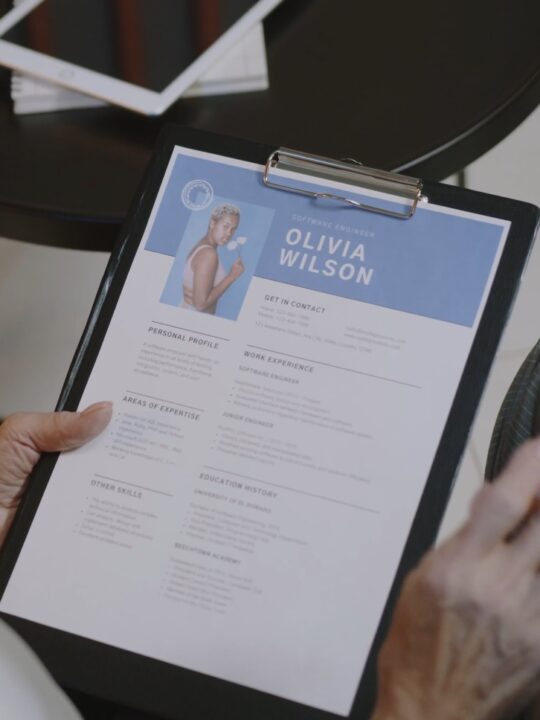 Between your mortgage payment, utilities, car payment, and personal loan, you feel like you don’t have room to breathe. Your job had a bunch of layoffs recently and you were one of the ones that got the boot. Now, you’re not sure what you can do to cover all your expenses.
Between your mortgage payment, utilities, car payment, and personal loan, you feel like you don’t have room to breathe. Your job had a bunch of layoffs recently and you were one of the ones that got the boot. Now, you’re not sure what you can do to cover all your expenses.
You’re not alone. There are many Americans who experience similar financial hardship each year. It’s not the end of the world.
There are things that you can do to give yourself a bit of a break until you get back on your feet. Check out this guide to learn more.
Table of Contents
1. Don’t Freak Out
The absolute worst thing you can do during times of financial struggle is freak out. When you’re panicked, it will be harder for you to come up with a viable solution to your problems.
We know, it feels like the end of the world but the best thing you can do at this point is let some of your loans go into collections so you can focus on the bills that matter the most. Having loans in collections isn’t as bad as it seems as long as you get on them as soon as you can.
Call the company that’s in charge of your debt and ask if there’s anything they can do to give you some breathing room. They may be able to list off a few options for getting some of the debt forgiven or at least work with you on the payments.
2. Get in Touch with Your Lenders
If you’re having problems paying on your student loans and other debt, call the loan company and talk to them about your situation. They will most likely ask you to fill out a financial hardship letter to explain in detail why you can’t pay on the loan and tell them how you plan to remedy your problem.
Most lending companies are more than reasonable and will offer hardship programs such as reduced payments, interest waivers, and payment deferrals to help you out. Just make sure that you read the fine print before you decide to take advantage of one of these programs.
3. Contact Your Service Providers
It will be hard for you to surf through job sites to find a new job and get out of poverty if you lose access to the internet and electricity because you can’t pay your bills. You might be able to avoid this unfortunate scenario by calling your utility companies and telling them about your financial difficulties.
A lot of providers will be happy to help you come up with a plan that will allow you to avoid turn-offs and late fees.
4. Make Some Budget Adjustments
The first rule of debt management is making budget adjustments to accommodate your new financial situation. Make a list of any money that you have coming in. This will keep you organized and allow you to visually assign your income to the bills that need to be paid.
The main things that you need to worry about are housing, medicine, food, transportation, and major utilities. Anything other than these expenses may be able to get shoved to the back burner until you find a new job or your financial problems begin to look up.
5. Find a Small Side Gig
If you have the time, try taking up a small side gig to keep you afloat until things pick up at your current job or you find a better one. There’s no shame in working in customer service for a few months or working for DoorDash if it keeps a roof over your head.
Not all side gigs have to be customer service based. If you have some kind of special service that you can offer people such as graphic design or voice over, you can take on a few clients online.
There’s always someone online looking for an artist that they can commission for a project. If you love working with children, you can look into tutoring.
If you have some time to kill before you have to worry about your utilities getting turned off, you can start up a blog or try to get into streaming. As you can see, there’s a side gig for about anyone.
6. File for Unemployment
If you were fired or laid off from work through no fault of your own, you might be able to apply for unemployment benefits. Applying for and getting unemployment varies from state to state but here are the basics.
As soon as you’re let go from your current job, contact the unemployment office in your state to make a claim. You can get in touch with them to start the process online, over the phone, or in person.
The office will send you some paperwork that you have to fill out. You will be asked various questions such as the address of your former employer.
If you fill out the form honestly, you should hear something back within three weeks. If there’s an error with your paperwork it will take a little longer than that.
7. Don’t Give Up on Your Finances
The last piece of advice we have for you is to not give up on your finances. Your situation feels impossible right now but trust us when we say that it will get better.
All you can do is learn from the mistakes that brought you to this point and try not to repeat them. Look for a job that’s going to value you and allow you to thrive financially.
Bouncing Back from Financial Hardship
Recovering from financial hardship is tough. You’ll have to budget and put all your priority on your bills. Contact your lenders and utility providers to see if they will be willing to work with you and stay calm.
If all else fails and you can’t get a side gig to tide you over until you find a new job, there’s always unemployment. If you can’t seem to find a new career at all, it might be time to go back to school. Check out the education section of our blog daily to get a bit of advice.







